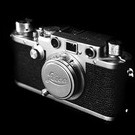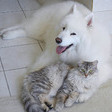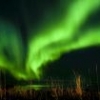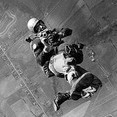Mood and Leica glass, or why I don't go Medium Format
-
Recently Browsing 0 members
- No registered users viewing this page.
-
Similar Content
-
- 20 replies
- 1,035 views
-
- 17 replies
- 930 views
-
Leica Monochrom with Noctilux 50mm f0.95............and other exotic glass....enjoy !!!!
By GLOBETROTTER,
- 4 replies
- 883 views
-
Why Leica Looks? 1 2 3 4
By mrkennethtong,
- 72 replies
- 5,404 views
-
- 1 reply
- 346 views
-





Recommended Posts
Join the conversation
You can post now and register later. If you have an account, sign in now to post with your account.
Note: Your post will require moderator approval before it will be visible.